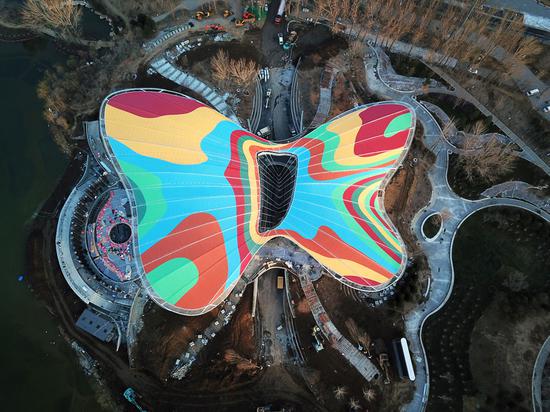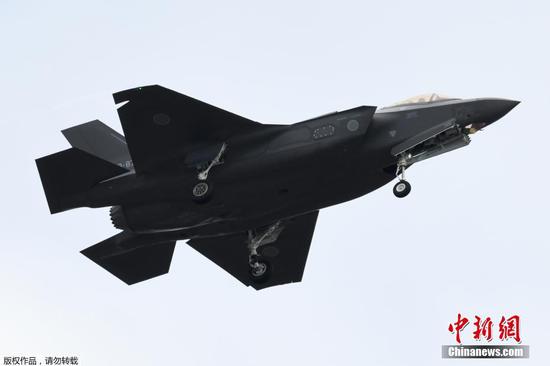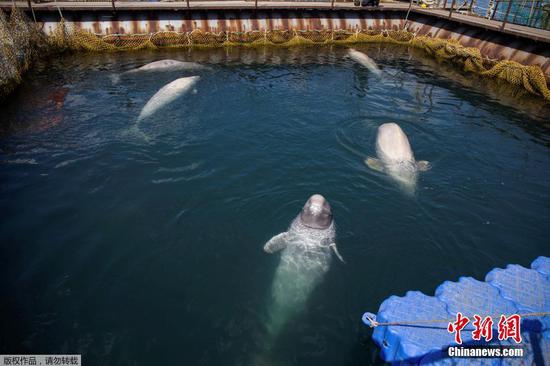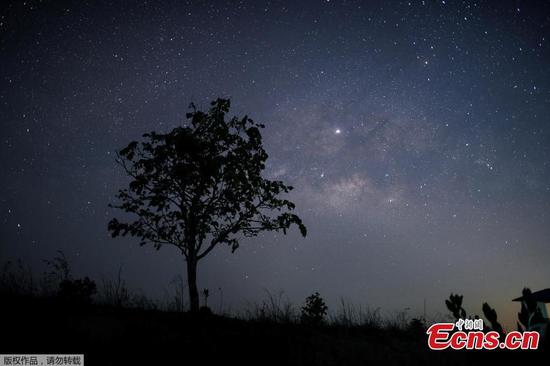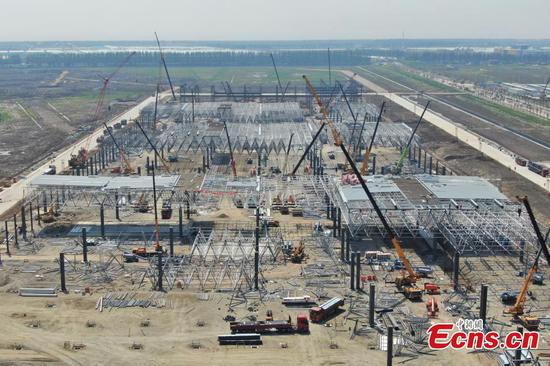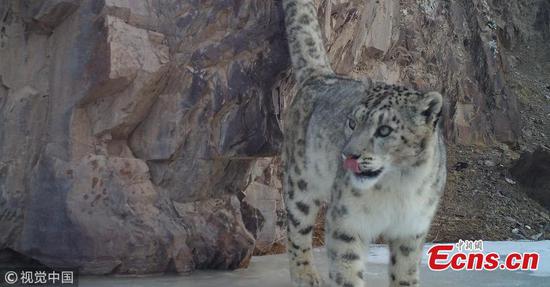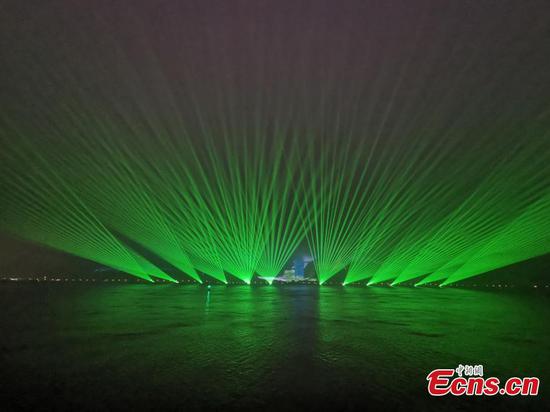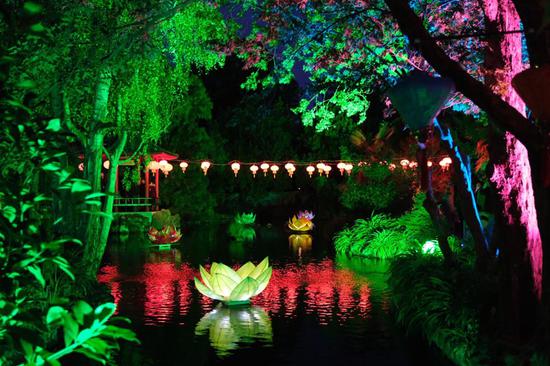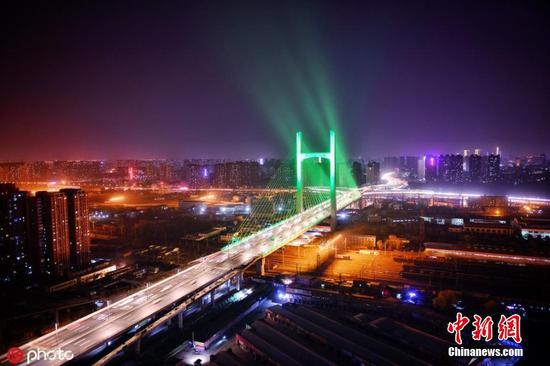Chinese fans of sci-fi films were excited after organizers of the 2019 Beijing International Film Festival (BJIFF) unveiled a list of its special screenings this year, among which included screening the classic sci-fi film "2001: A Space Odyssey" in IMAX theaters.
Directed by Stanley Kubrick, one of the most influential figures in cinematic history, "2001: A Space Odyssey" is canonized among space exploration films.
It is hard to believe that the film was produced in 1968. Even five decades later, one is awestruck by the geometric forms of the spacecrafts in the film, the exquisite yet concise designs inside the capsule, and the imagination of artificial technology.
This is not to mention the bold application of lavish colors and the language of the lens, which created a hallucinating vision of a higher-dimensional journey that is beyond the daily experience of human cognition, especially for the audience back in 1968.
No wonder many A-listers today still call Kubrick the top of the pantheon, such as Christopher Nolan and Ang Lee.
And it seems to be a good time to bring the legendary film back onto the big screen, with China's first hard-core sci-fi film "The Wandering Earth" arousing a new round of enthusiasm in the genre and garnering a box office of over 4.6 billion yuan (690 million U.S. dollars), the second highest in Chinese cinematic history.
Cutting-edge technology & dazzling visual effects
Themes for sci-fi films could be diverse, such as superheroes fighting again alien villains, exploration of extraterrestrial space and intelligence, doomsday escaping and salvation, artificial intelligence with cyborgs and robots walking down the streets…
But whatever the film's theme, they all have one thing in common – to present to audiences what only exists in the imagination, with the most advanced technology in the industry.
Ever since computer-generated-imagery (CGI) was first used in filmmaking to bring a dinosaur back to life in "Jurassic Park" in 1993, it has gradually reshaped the industry. From animations to live-action films, and from motion captures to facial expressions, CGI has created moviemaking magic.
In the latest cyberpunk film "Alita: Battle Angel," audiences could almost read all possible emotions from those pair of CG eyes, such as happiness, melancholy, angry, alertness…
It has only been 10 years since the release of James Cameron's "Avatar," but CGI technology has leapt forward beyond expectation. In Netflix's newly released sci-fi animation series "Love, Death & Robots," the hyperrealism of the CG characters could even deceive the audiences, and make them guess whether they are new Hollywood stars or pixels.
But of course, sci-fi films could bring far more stunning scenes than those, like the destruction of cities, doomsday for humans, alien worlds, depicting the vastness of the universe, much like what we have seen in the "Avengers," "Star Wars," "2012," "Avatar," "Interstellar" and "The Martian."
Most of the audiences go to cinema seeking hours of recreation and a short gap to escape from their daily pressures and chaos. Sci-fi films, which provide constant sensory and spiritual stimulation, are among the best choices.










